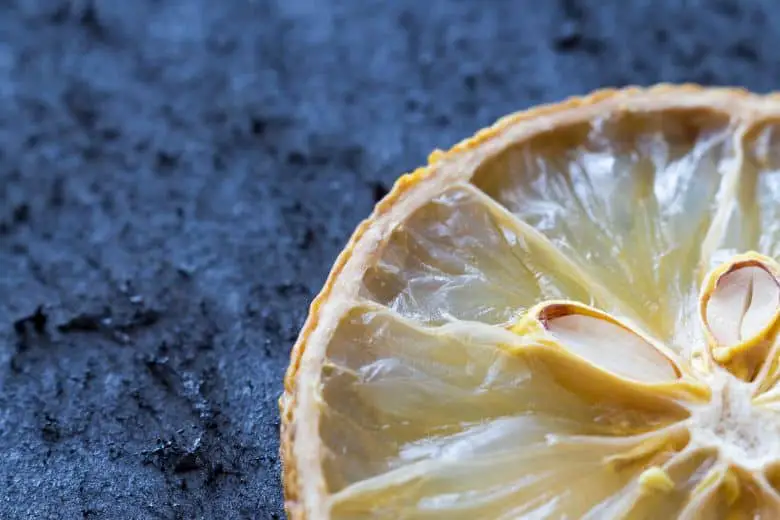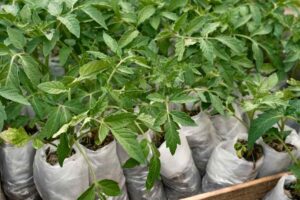
Lemons, with their tangy flavor and radiant color, are a popular fruit worldwide. But have you ever thought about turning a lemon seed into a fully grown, fruit-bearing tree? It may seem like a task out of an agricultural fairy tale, but truth be told, germinating lemon seeds is quite achievable, even within the four walls of your home. One commonly used method is the paper towel method. But, you might wonder, how to germinate lemon seeds in paper towel? Stick around, and let’s peel back the layers on this process!
Understanding Germination
Before diving into the nitty-gritty, it’s essential to have a firm grasp on the basics of germination. This stage is the process of a plant emerging from a seed and beginning to grow. Seeds require specific conditions to successfully germinate, typically involving adequate warmth, moisture, and oxygen. The paper towel method excellently meets these conditions, providing a controlled environment for the seed to sprout.
Why Lemon Seeds?
Growing a lemon tree from seed is a rewarding, long-term project. Not only do these trees add a vibrant touch to your garden, but they can also provide a homegrown source of Vitamin C right at your fingertips. The rich, citrus aroma emanating from the tree is a pleasant bonus, too!
Collecting the Right Seeds
It’s crucial to use seeds from a fresh lemon, which significantly increases your chances of germination. This section guides you through selecting a lemon and extracting viable seeds.
Preparing Seeds for Germination
Now that you have your lemon seeds, you can’t simply stick them in a paper towel and expect them to sprout. There are certain necessary steps to prepare the seeds for germination, like removing the outer layer and soaking the seeds.
How To Germinate Lemon Seeds In Paper Towel
Here we reach the heart of the matter – a step-by-step guide on the process of germinating your lemon seeds using a paper towel. This technique creates a humid environment ideal for seed germination.
Step 1: Gather Your Supplies: You will need a ripe lemon, a sealable plastic bag, a paper towel, a knife, and a plate.
Step 2: Extract the Seeds: Cut open your lemon and remove the seeds. Try to select a lemon that is ripe but not overripe for the best results.
Step 3: Clean the Seeds: Rinse the seeds under warm water to remove any remaining pulp or sugar. This is an important step, as the sugar can cause mold to form.
Step 4: Soak the Seeds: After you have thoroughly rinsed the seeds, soak them in a bowl of water for about 8 hours. This helps to soften the seed coat, increasing the rate of germination.
Step 5: Prepare the Paper Towel: Dampen your paper towel with water. It should be wet, but not dripping. Place your lemon seeds on half of the paper towel, leaving some space between each seed.
Step 6: Wrap the Seeds: Fold the other half of the paper towel over the seeds, so they are sandwiched between the layers of towel. Press gently so the seeds are in contact with the moist paper towel.
Step 7: Place in a Plastic Bag: Carefully transfer the paper towel with the seeds into the plastic bag. Try not to disturb the seeds too much in the process.
Step 8: Seal and Store the Bag: Seal the bag, trapping some air inside to create a mini greenhouse. This helps to maintain a high humidity environment which is conducive for seed germination. Store the bag in a warm place, but out of direct sunlight. The top of your refrigerator is a good option.
Step 9: Check Regularly: Check on your seeds every few days to make sure the paper towel remains damp and there’s no mold formation. If the towel starts to dry out, sprinkle it with a little more water.
Step 10: Transplant the Sprouts: After about two weeks, your seeds should begin to sprout. At this stage, they are ready to be transplanted to a small pot with potting soil. Carefully remove the sprouted seed from the paper towel, and plant it with the sprout pointed downwards. Cover lightly with soil.
Step 11: Caring for Your Seedling: Water the soil until it’s damp but not waterlogged, and place the pot in a sunny location. Ensure that the pot has good drainage to prevent water from standing in the pot.
Remember that patience is key, as lemon seeds can sometimes take a while to germinate. Keep the seedlings in a warm, sunny area and water regularly for best growth.
Fighting Common Lemon Tree Diseases and Pests
Unfortunately, your lemon tree isn’t immune to the occasional disease and pests. This part addresses common issues you might encounter and how to tackle them.
Harvesting Your Homegrown Lemons
Last but not least, you’ll need to know when and how to harvest your homegrown lemons! This part delves into recognizing ripe fruit and the best methods for harvesting.
Frequently Asked Questions
How long does it take for a lemon seed to germinate in a paper towel?
Answer: Depending on the conditions, lemon seeds can take anywhere from a week to a month to germinate using the paper towel method.
Why aren’t my lemon seeds germinating?
Answer: If your seeds are not germinating, it could be due to several reasons: the seeds might be too old, the temperature may not be warm enough, or they might not be receiving adequate moisture.
Can all lemon seeds be germinated?
Answer: While most lemon seeds have the potential to germinate, seeds from some hybrid lemons may be sterile and therefore unable to sprout.
How often should I water my lemon plant?
Answer: Watering frequency can vary based on the size of the plant and the pot, but generally, you should water when the top inch of soil feels dry.
When will my lemon tree bear fruit?
Answer: A lemon tree grown from seed can take anywhere from 3 to 6 years to start bearing fruit.
What common pests affect lemon trees?
Some common pests that could trouble your lemon tree include aphids, scale insects, and citrus leaf miners.
Conclusion
In the end, growing a lemon tree from seed is a rewarding process, both for you and the environment. Not only do you get a steady supply of fresh lemons, but you also contribute to the greenery of our planet. Let’s review the main points we’ve covered.








One Comment